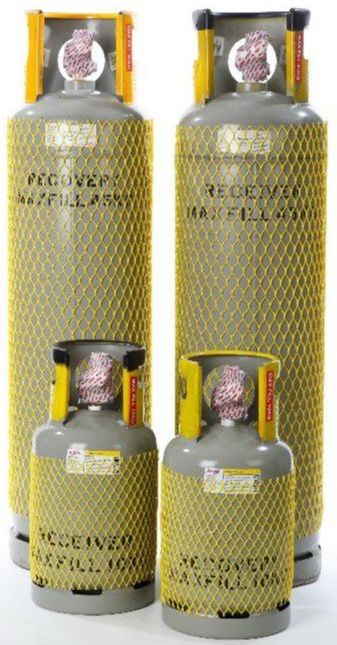25 September 2018
|
|
Head of Refcom Graeme Fox has called for the industry to work unselfishly to negotiate the F-Gas phase down.
In an introduction to the Refrigerant Update, published alongside the next issue of the ACR Journal, he says: "The whole sector needs to work unselfishly and make the changes where they can to allow those sectors who have no options to also thrive. We are all in this together.'' |
|
Graeme believes that the use of lower GWP and even ultra-low GWP alternatives is not only desirable but necessary to protect those sectors that don’t have the luxury of an alternative and must continue using the medium GWP HFCs for the foreseeable future.
He adds: "It is fairly easy to identify alternatives for commercial refrigeration systems as this market has products coming onto the market currently that should allow a transition away from the R404A GWP levels and towards low GWP alternatives such as R454C or R455A. And for small or light commercial air conditioning and heat pumps there is a viable alternative to R410A in R32. But because all of these lower GWP alternatives are at least mildly flammable then we are presented with restrictions on charge limits under the EN378 safety standards that limit their use to certain applications only.'' In particular, large commercial air conditioning and heat pump systems such as VRF/VRV applications cannot transition to R32 because the charge necessary for these systems would, in most cases, exceed the limits allowable under EN378. Graeme said: "Remembering that the phase down steps are giving the total amount of refrigerant that can be placed on the market in terms of CO2 tonnes equivalent of in-scope refrigerant gases only, then we can immediately take the pressure off the phase down and quota system by using not in-scope refrigerants wherever possible. Large quantities of R134A are needed to charge and run large chillers, for example. These can be designed and specified using R1234ze, immediately removing hundreds of thousands of tonnes CO2 equivalent from the quota, freeing up the quota for where it is absolutely still needed, such as in the VRF market. "For example, one chiller using R1234ze instead of R134A is equivalent to three large VRF systems for building services. The whole sector needs to act unselfishly and make the changes where they can to allow those sectors who have no options to also thrive. We are all in this together. Just as VRFs are not the solution for every building, so chillers also are not always the answer – so we, as a whole industry sector, have to work together to make these regulations work for us.''
|
Content continues after advertisements










